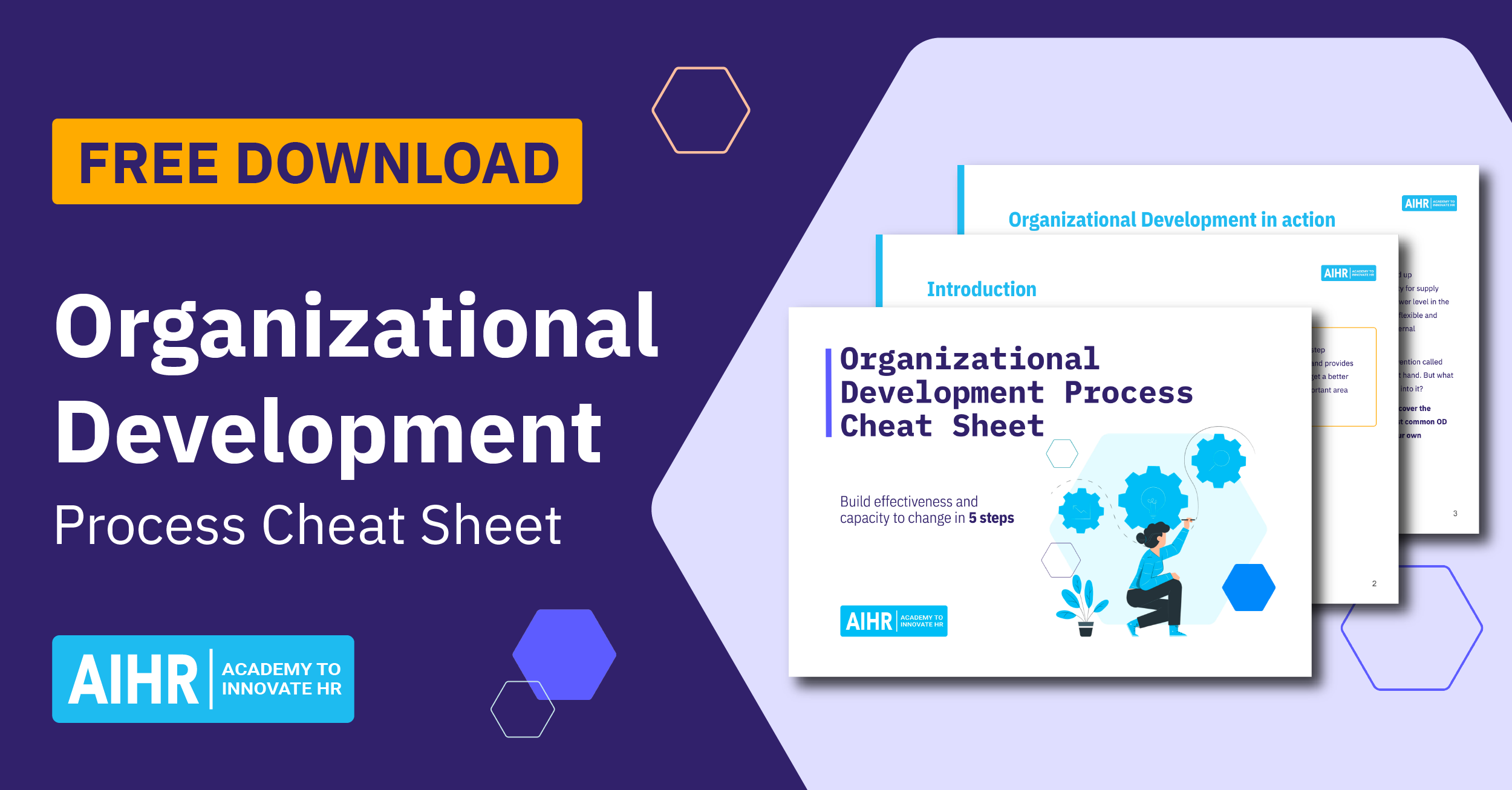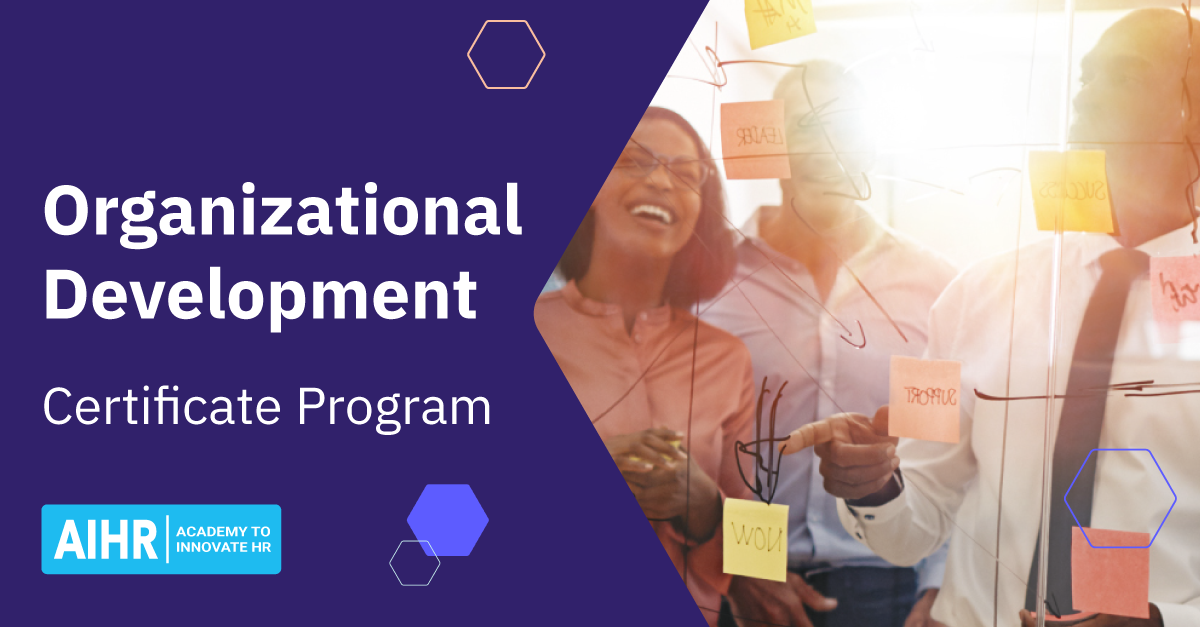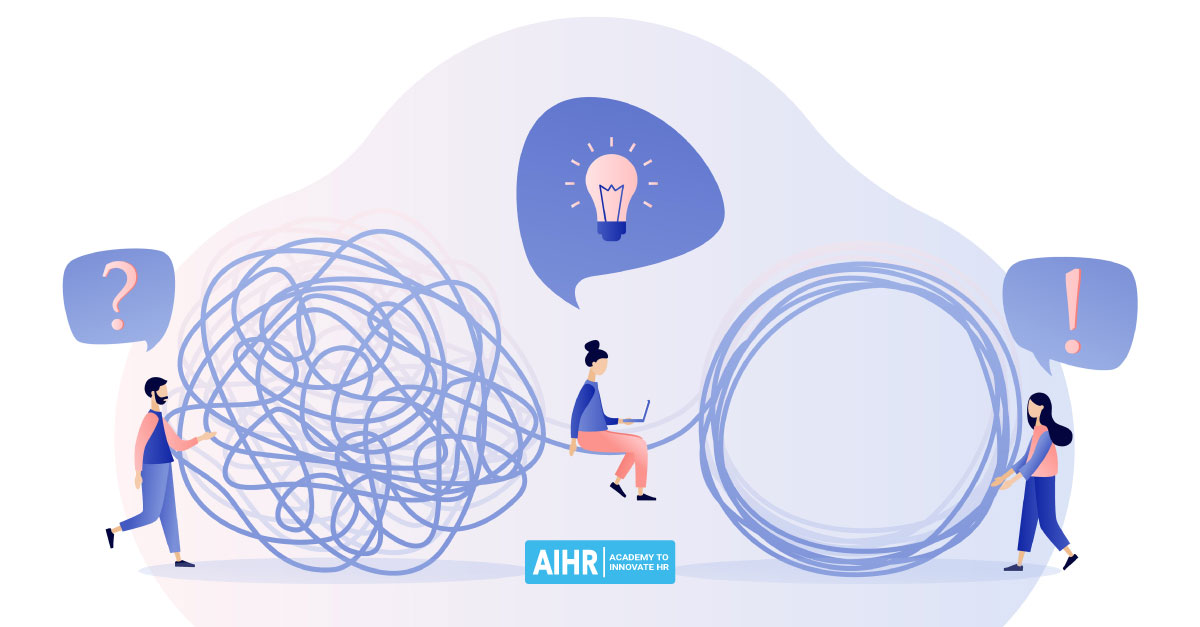Continuous Change
What is continuous change in an organization?
Continuous change is a form of planned change within an organization in which a change cycle is executed multiple times in rapid succession, as opposed to discontinuous or revolutionary change. This means that continuous change breaks a complex (planned) change process into smaller steps that are easier to execute.
“The man who moves a mountain begins by carrying away small stones.”
– Confucius, 497 B.C.
Continuous change allows for much more reflection and evaluation compared to discontinuous change. Changes are monitored and evaluated, and new changes are added over time.
What is an example of continuous change?
Startups are a great example of continuous change. Instagram started as a location-based social network, and Groupon originated as a site for collective activism. Through continuous experimentation and change, these companies were able to evolve their offering to what it is today.
Successful startups create the first version of their product, show it to prospective customers, collect feedback, and further evolve their product based on that feedback. By repeating this process many times in rapid succession, successful ventures are able to create a product or service that is extensively validated by its customers. This is continuous, or agile, change.
This is opposed to the traditional waterfall method. In this method, requirements for the new product are specified at the start of the project. Customer feedback would be collected only after the full product was designed and implemented.
Continuous vs. discontinuous change
Continuous change allows for a much more stakeholder-driven approach. Feedback is collected early on and often throughout the project. This has several benefits over discontinuous, or episodic, change.
- Stakeholder feedback is collected continuously, allowing for pivots based on stakeholder input. Stakeholders can be customers, employees, work councils, board members, and so on.
- Value is delivered earlier. Instead of waiting with implementation until the complete solution is designed, the solution is broken down into smaller increments. Each of these is implemented in successive iterations. This enables the delivery of continuous value.
- Course correction. Continuous measurement makes it possible to assess if the evolving product is fit for purpose and delivers its intended value. If not, changes can be made to realize this value.
- Reduced resistance to change. Continuous change, when managed well, may also reduce resistance to change.
A clear disadvantage of continuous change is that it may feel as never-ending. Especially when hard decisions need to be made (e.g., restructuring, layoffs), it is easier to communicate the change as a one-time occurrence rather than an ongoing process creating high levels of uncertainty.
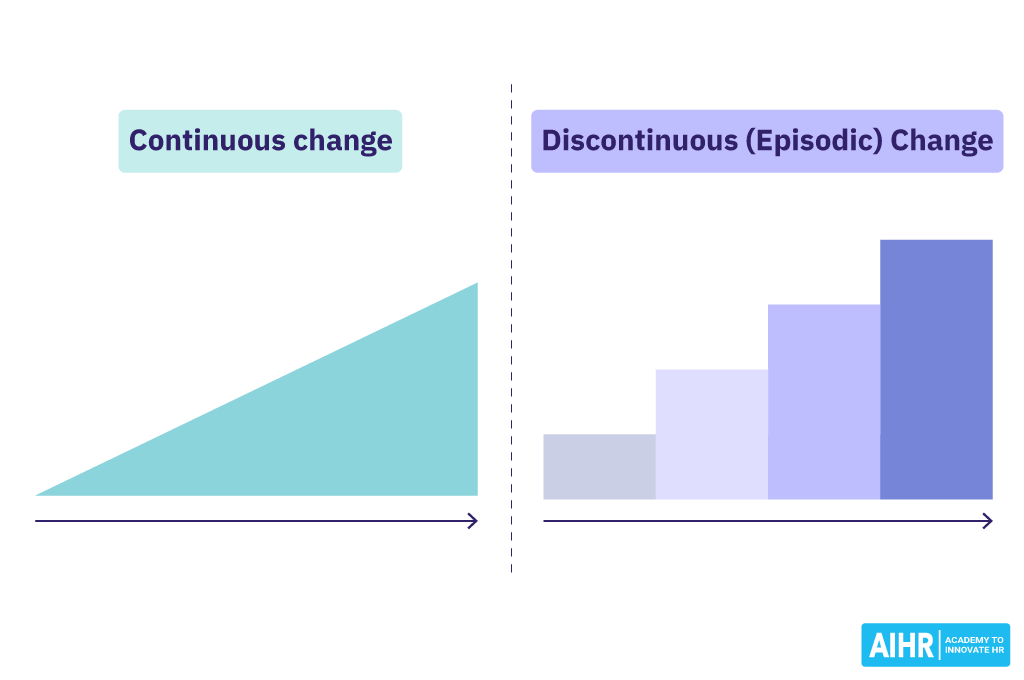
What is the continuous change model?
The continuous change process model incorporates the forces of change, the change process, a change agent, and transition management.
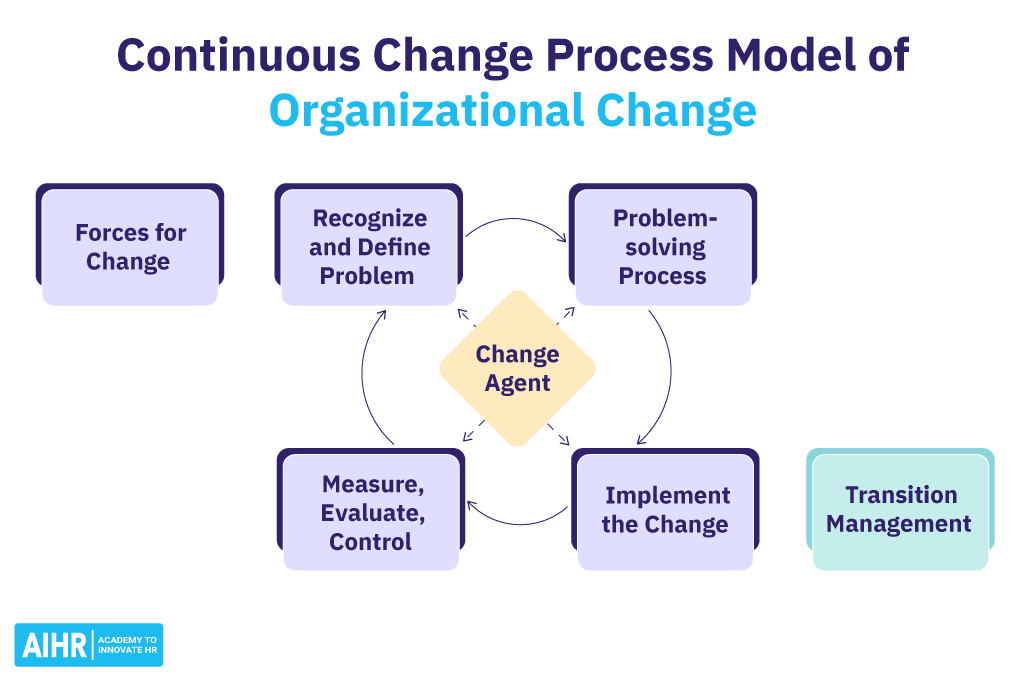
Here are a few notes on how to read this model:
- The forces of change. Top management often initiates change because of internal inefficiencies (outdated processes, decreasing profit margin), external threats (a competitor that is gaining market share), or a changing external environment (a financial crisis, pandemic).
- Change agent. The change agent is responsible for managing the change in the organization. This may be a senior leader, an external consultancy, or an organizational development consultant.
- Continuous change. Change is depicted as continuous, starting with the problem definition, followed by a solution, implementation of the solution, and measuring and evaluating the effectiveness of the change. Based on that data, a new problem is defined, and the process starts again.
- Transition management. Transition management is the end-to-end process of planning, organizing, and implementing change. The leaders who initiated the change usually appoint a team. This team ensures that the organization transitions from the current state to the desired state. Transition management includes different stakeholders, cuts across departments and silos, and takes a long-term view.




